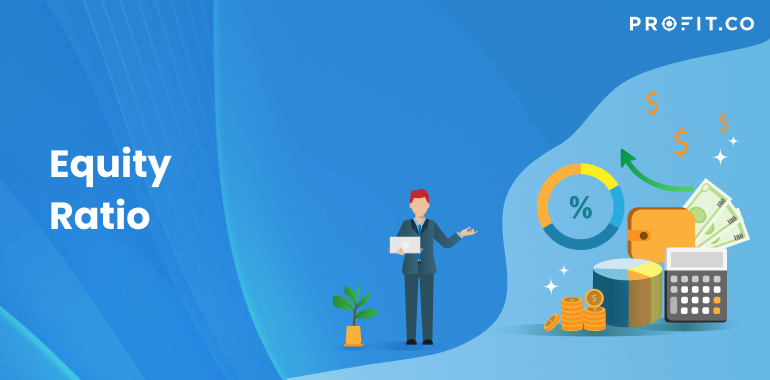An equity ratio calculates the number of assets financed by owners’ investments. Basically, it does so by comparing the total equity in the company to the total assets. Moreover, you need to know that the equity ratio is a solvency ratio or investment leverage.
This ratio features two important financial concepts for a sustainable and solvent business. One of them indicates the number of company assets that are owned purely by the investors. So, once the liabilities are all paid off, the remaining assets will end in the investors’ hands. The other one indicates how leveraged your firm is with debts.
So, do you want to find out more about equity ratios, and how you can calculate one? The following paragraphs will tell you what you need to know.
Analyzing Equity Ratio
When it comes to equity ratios, firms usually prefer higher ones, rather than lower ones. There are a few reasons for this. Basically, if the investment levels are higher, potential shareholders may be interested. If so many investors are willing to finance the firm, they will surely have an interest in it. Moreover, a higher ratio shows potential creditors that the firm is sustainable and doesn’t have many risks when it comes to lending future loans.
In general, it is much cheaper to finance equity than debt. The reason is the fact that Internet expenses are related to debt financing. If a company has a higher equity ratio, it should have less financing and debt service costs compared to a company with a lower equity ratio.
Moreover, as it’s with every ratio, this one is also contingent on the industry. So, an exact ratio performance depends on the standards and benchmarks of the industry.
Formula
Get your math skills ready, because you will need them to calculate the equity ratio. It has a special formula and it looks like this:
So, you have to divide the total equity by total assets, and both of these numbers include all of the accounts in that category. If you are wondering where they’re found, you only have to check the balance sheet, as they are included there.
Equity Ratio Example
So, let’s say you own a company. You are thinking about ways to bring some additional financing and help the company. Therefore, you talk to your business partners about financing options. You check the balance sheet for the total equity and total assets. The total assets are reported to be $150,000, and the total liabilities are $50,000. Considering the accounting equation, the total equity is probably $100,000.
The equation results in your company’s equity ratio being .67. This doesn’t mean debt, but it’s referring to the investors that are funding more assets. 60% of the firm’s assets are not owned by creditors, but by shareholders. It depends on the industry, but this is usually a very good ratio.
To sum up, having a higher ratio is usually the better option, so you should make sure that’s the case. So, hopefully, now you’re more familiar with the term and you know how to calculate it.
